In December last year five members of the Mawsons Huts Foundation team and I travelled to Cape Denison to continue work on the conservation of Mawson’s Huts. The team included Marty Passingham (Field leader and Heritage Carpenter); Dr Ian Godfrey, Peter Maxwell and me (Conservators); David Killick (Journalist), and Sally Hildred (Doctor).
In recent years the Mawson’s Huts team has travelled to Cape Denison on l’Astrolabe, the resupply ship for the French base at Dumont d’Urville, which is the nearest base to Mawson’s Huts. It’s a small Antarctic ship, renowned for its ability to roll in the southern ocean with an expert crew who have become friends with the MHF teams over the years.
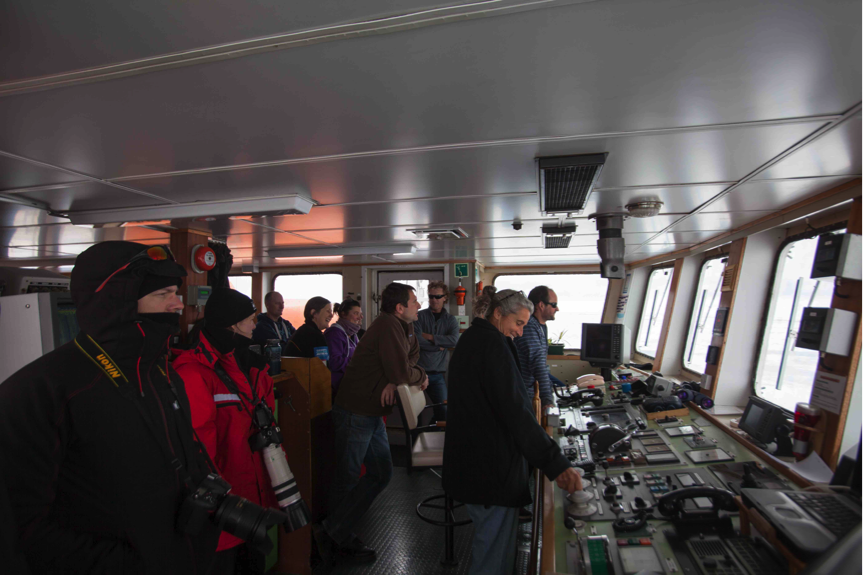
We spent 5 days sailing through the southern ocean before we finally saw the pack ice.
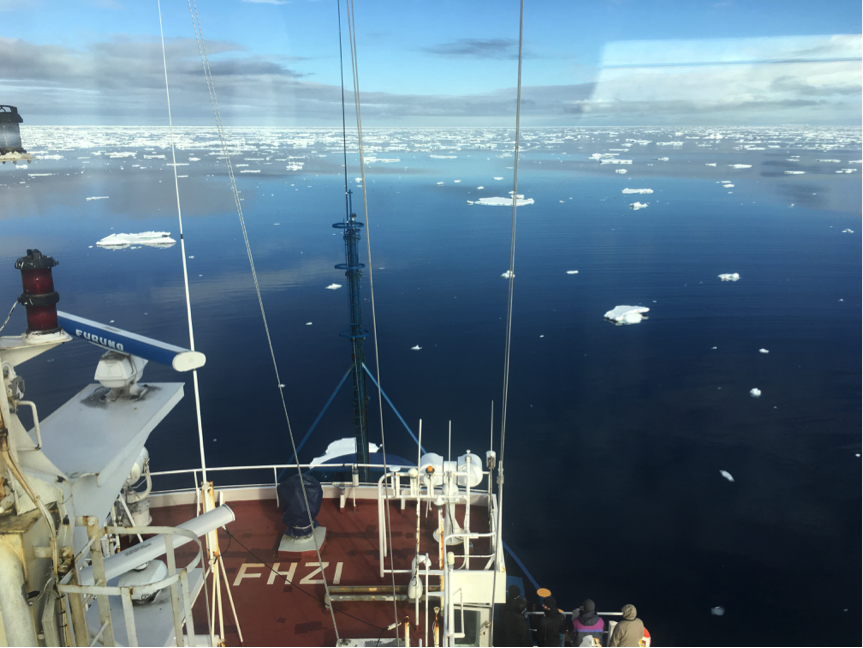
After another few days making our way through the pack, we woke early one morning to find the l’Astrolabe steaming past the ice cliffs of B9B, the berg that had blocked access to Cape Denison for the past few years.
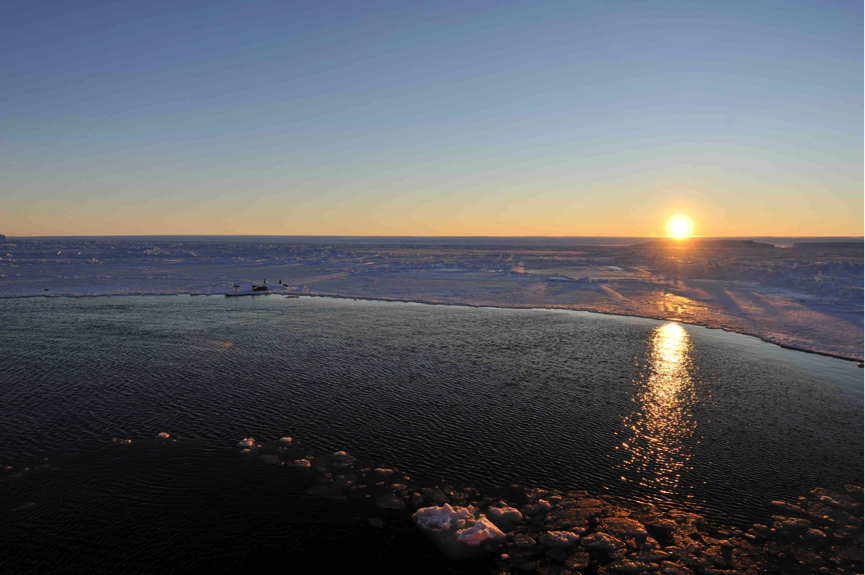
On a perfect Antarctic summers day the l’Astrolabe finally pulled up on to the fast ice to be greeted by a group of curious Emperor penguins. After gathering our gear we climbed off ship and waited to be picked up by helicopter for the final leg of the trip to Cape Denison

Several hours later, after unloading our gear, starting the quad bikes, moving all the gear down from the helicopter landing area, collecting water from the glacier lake and generally setting up camp in the field hut we were ready to start work on the huts.
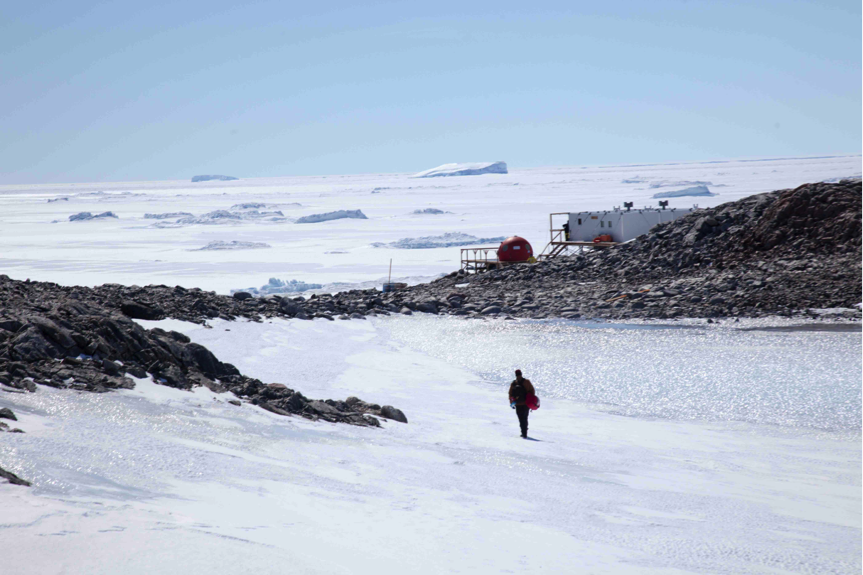
After a four-year absence from the site as a result of the grounding of B9B in Commonwealth Bay, we were eager to see how the previous conservation work had held up and carry on the removal of the ice and the repair of the interiors of the huts. Opening the huts can take from a few hours to a couple of days depending on the height of the surrounding ice and snow. We were lucky this year as, due to the very low snow cover, it only took a couple of hours of digging to release the door to the entrance of the hut.

To our relief the interiors had experienced little in the way of new snow and ice ingress since our last visit.
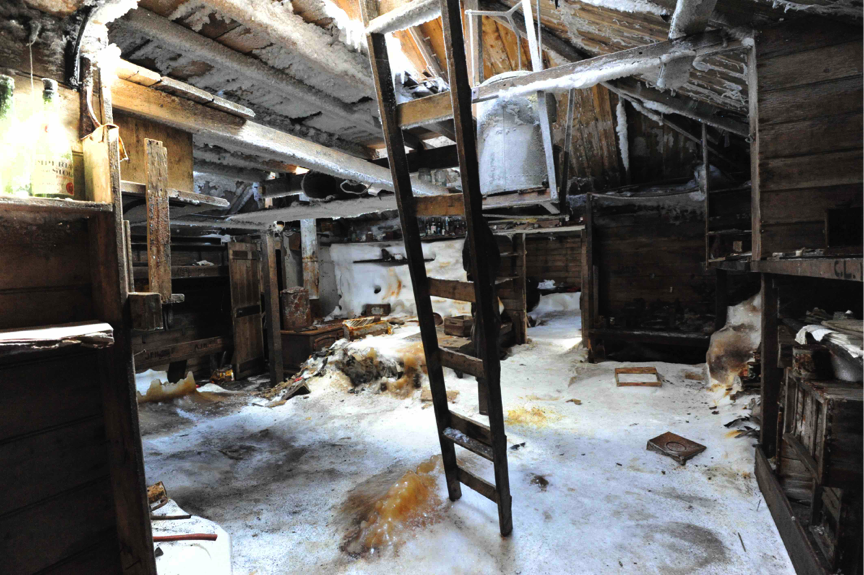
The floor and wall snow and ice remaining inside the huts was our focus this expedition. For some years there had been speculation that the roughly 50cm thick layer of ice which covered the floor of the huts assisted the stability of the building both to withstand the winds that buffet the buildings as well as contributing to the stability of the environment inside the building. Recent research suggested that this was not the case and after consultation with engineers and architects we were given the go-ahead to remove the ice from the floor.
Snow and ice removal is carried out using hand tools and occasionally where the layers are thick, and well away from the floor or walls, chainsaws can be used. It’s a physically demanding job, kneeling for hours on the icy floor with only intermittent breaks to get to your feet and empty your bin of ice without losing your footing.


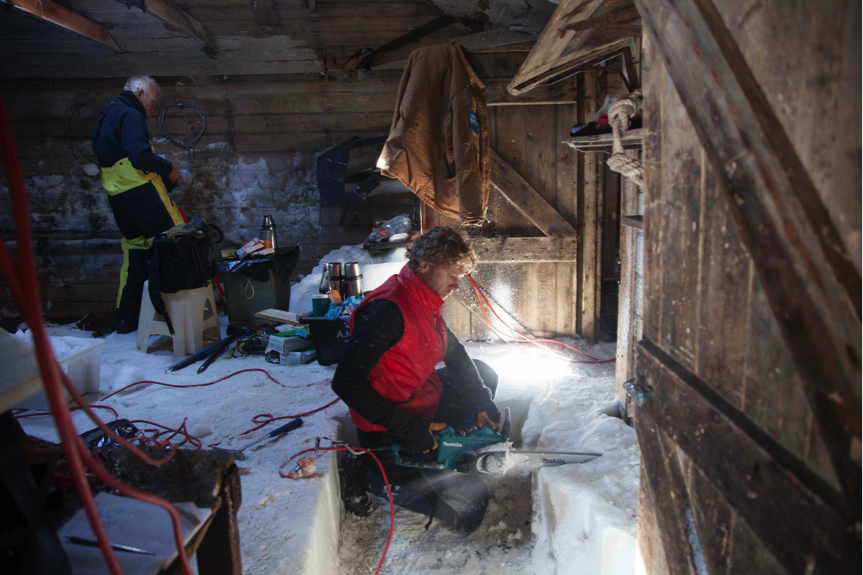
But it is a satisfying job that some of us had been involved in on a number of previous expeditions and the entire team worked hard on removing the ice. Along with the ice removal we continued the monitoring program established some years before. The temperature and relative humidity inside the huts is monitored and data dates back to 1999. Other monitoring includes vibration logging of structural timbers, timber thickness measurements of external, exposed timber as well as corrosion rates and snow ingress. All of the information that is gathered helps us to understand how this site changes over time and is used to guide conservation decisions on the Huts future.

While our days were perhaps spent in less than comfortable conditions we always ended them with a good meal and some excellent wine surrounded by a beautiful landscape.

At the end of the season we were pleased to see the floor of the Main Hut revealed for the first time in many years. It was wonderful to finally have a full sense of just how the interior of the Main Hut would have been for Mawson and his team.
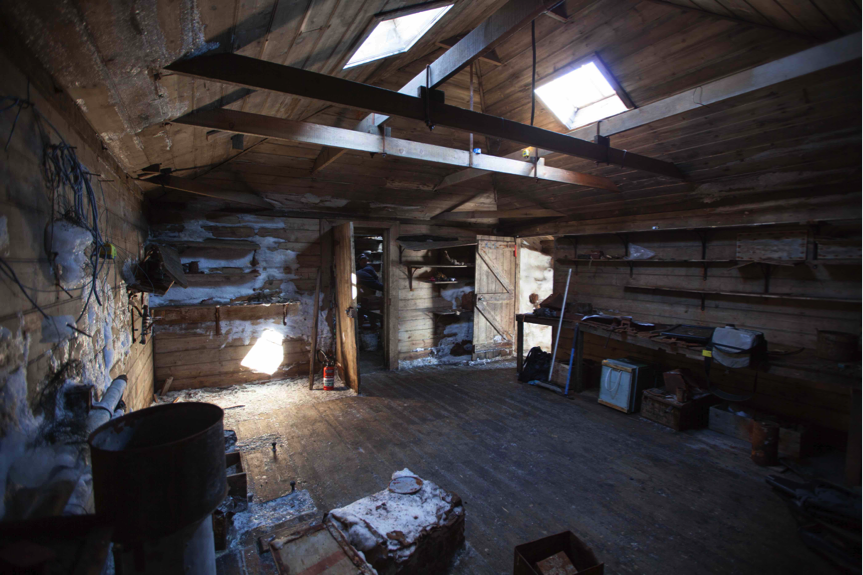

After 44 days on site, and on another beautiful, windless sunny day we were picked up by the French Helicopter pilots and flown back to l’Astrolabe to begin our voyage home.

For a final treat, the team witnessed about 50 Minke whales feeding in the pack ice.

We returned home to Hobart at the end of January, perhaps a little tired but very pleased to have been part of another successful season of work at Cape Denison.

If you’re interested in the work of the Mawson’s Huts Foundation you can go to http://www.mawsons-huts.org.au to find out more.